101 South Congress Street
City Directories and History: Portions of the current court house were designed by one of
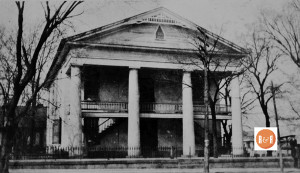
Image courtesy of the Van Center Family Collection, the Presbyterian manse is hidden behind the R&R watermark.
America’s early architects, Mr. Robert Mills and built in 1823 by William McCreight & Sons of Winnsboro. The front section facing South Congress Street and the columns were added at a later date and the circular stairs added in 1939 when extensive restoration and enlargement were undertaken. Early records of Fairfield going back to the 1730’s are kept here. During the Civil War the sheriff, Elijah Oliver, saved the valuable records of the county by putting them in bags which were concealed under the clothing of locals. [Courtesy Chamber of Commerce]

Panoramic postcard of the Winnsboro downtown. Images courtesy of the FCM – 2016
Informative link: National Register, Robert Mills, Greek Revival Architecture
The Fairfield County Court House built in the early Nineteenth Century completes the west side of the 100 block of South Congress Street. As an 1820 design of the state’s foremost architect, Robert Mills, the court house was originally only the two story main court room upstairs with offices beneath. In 1938 a major renovation to the building added the back three story addition as well as the curving cast iron stairways on the front (see pictures). The two small frame buildings in 1938 located behind the original court house were removed to their location behind the First Citizens Bank building at this time and later remodeled by Mr. M.D. Douglas and Mr. H. N. O’Bear for their respective law offices. One more building later demolished was the home of Mrs. Caroline Brice’s Flower and Gift Shop from the late 1940’s until the 1950’s construction of the current rear parking lot behind the court house.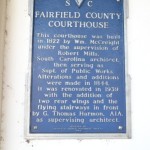
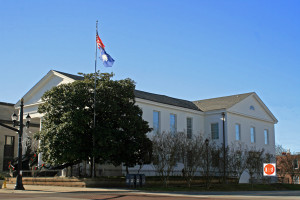
Images of the Fairfield Courthouse taken by photographer Bill Segar – 2006
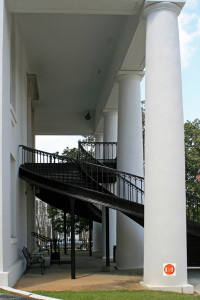
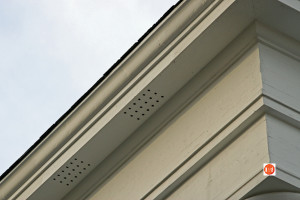
Prior to these establishments, Dr. David Aiken built after the Civil War a brick building known as the law range which he rented to several
lawyers. It was demolished to make way for the 1938 court house addition. Social changes in a community are always happening. Foremost in the Twentieth Century was the enactment of the Volstead Act with the ratification of the eighteenth amendment to the Constitution to prohibit the manufacture and sale of all alcoholic beverages in the United States in 1920. Prohibition was not without side effects. One of these was the proliferation of illegal alcohol manufacture and sales. Whereas Winnsboro’s downtown before 1920 had a couple of bars in every block, the local constabulary enforced to the best of its abilities the law of the land until its repeal in 1934. Enforcement was not easy and a few “speakeasy” or illegal bars existed at this time. However the main problem for Winnsboro came from outside the town. As Winnsboro is located on a national highway which connects southern cities with those due north, there was through traffic which at the time used only Congress and Vanderhorst Streets as no bypass existed. The major transportation of illegal alcohol was by automobile primarily in the form of large touring or open cars with hollowed out floor areas of tanks for the alcohol. These fast cars usually traveled by night and presented real problems for the town’s police. To combat the problem large timbers with spikes driven through them were tied to the utility poles at the north and south ends of Vanderhorst Street. If the early radio controlled town cars identified a “bootlegger” coming from either end of the town the timber was dropped at the opposite end to deflate the car’s tires. If the cars managed to get away from these implements a chase would be mounted and usually the touring cars would dump old burned motor oil on the hot mufflers beneath the cars to create a getaway smoke screen. Some shooting ensued.
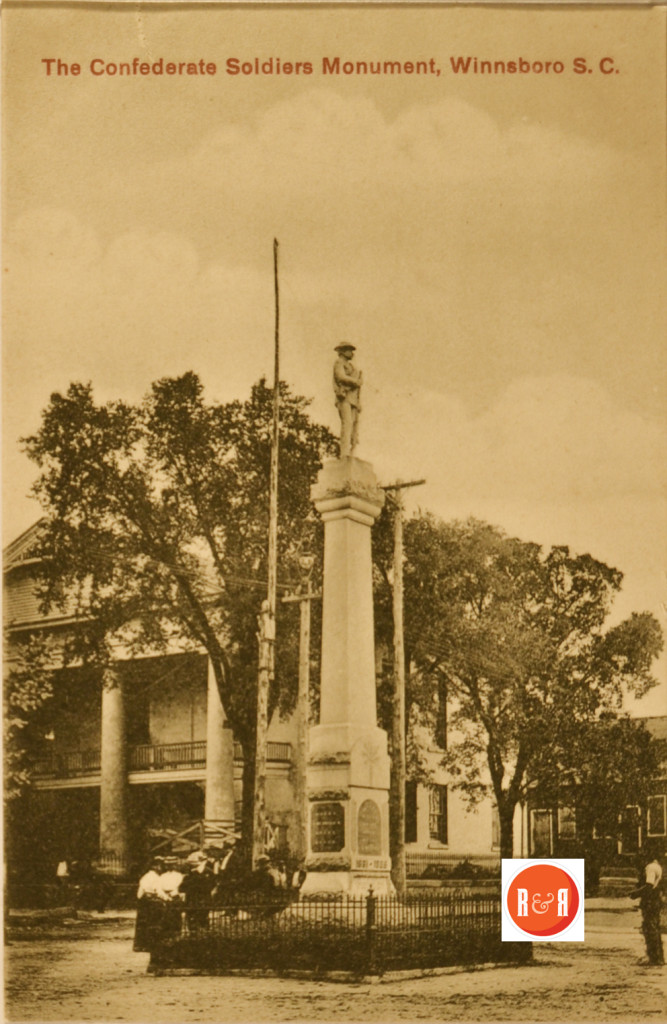
Early 20th century postcard showing the original location of the Confederate monument. Courtesy of the FCM – 2016
Other social challenges existed in the depression years of the 1930’s. Though the community avoided large scale unemployment due to the provident management of the U. S. Rubber Company which had secured original equipment tire contracts with General Motors, the rehabilitation efforts of the Roosevelt administrations necessitated county offices for their various projects and efforts to bring the country out of the depression. Jobs were somewhat plentiful and agencies employed locals to administer them. By the Second World War the downtown was secure as the European storm clouds began to build. These agencies were housed in many downtown office spaces. [Courtesy of J.M. Lyles]
Click on the More Information > link to find additional data – A Fairfield County Sketchbook, by J.S. Bolick, 2000 (Courtesy of the FCHS)
Also link to James Brown of Charleston, S.C. for additional information on an earlier Fairfield County Courthouse.
Stay Connected
Explore history, houses, and stories across S.C. Your membership provides you with updates on regional topics, information on historic research, preservation, and monthly feature articles. But remember R&R wants to hear from you and assist in preserving your own family genealogy and memorabilia.
Visit the Southern Queries – Forum to receive assistance in answering questions, discuss genealogy, and enjoy exploring preservation topics with other members. Also listed are several history and genealogical researchers for hire.
User comments welcome — post at the bottom of this page.
Please enjoy this structure and all those listed in Roots and Recall. But remember each is private property. So view them from a distance or from a public area such as the sidewalk or public road.
Do you have information to share and preserve? Family, school, church, or other older photos and stories are welcome. Send them digitally through the “Share Your Story” link, so they too might be posted on Roots and Recall.
Thanks!
COURTHOUSE REMODELING
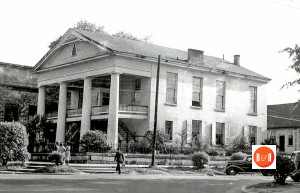
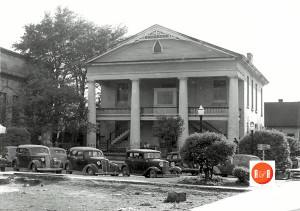
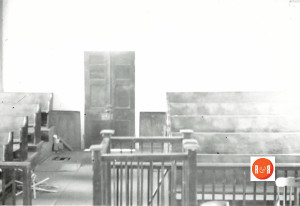
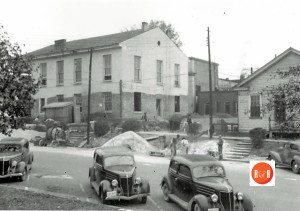
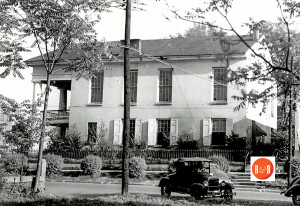
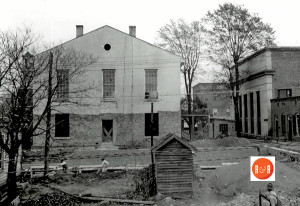
User comments always welcome - please post at the bottom of this page.
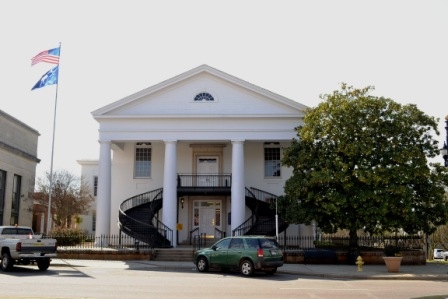
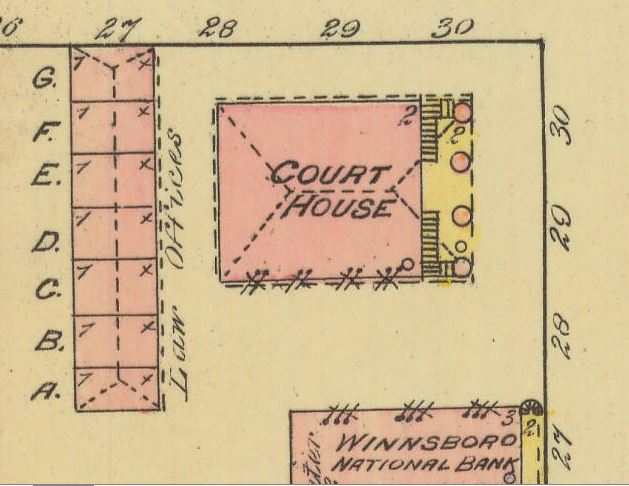
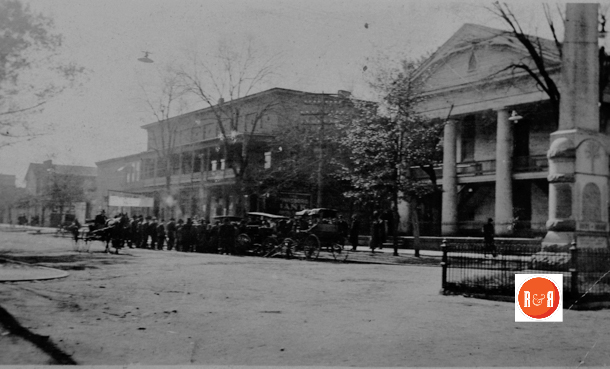
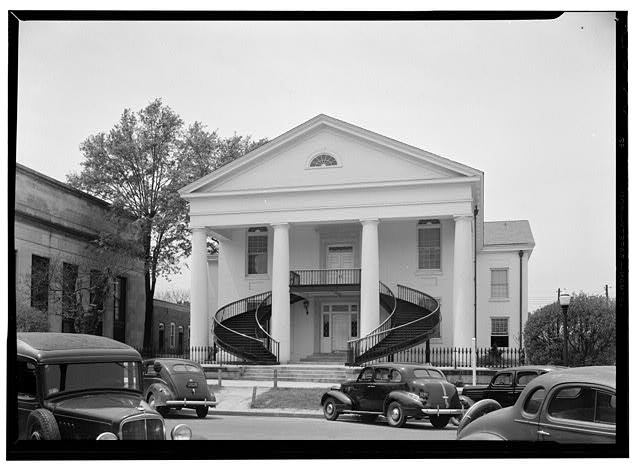
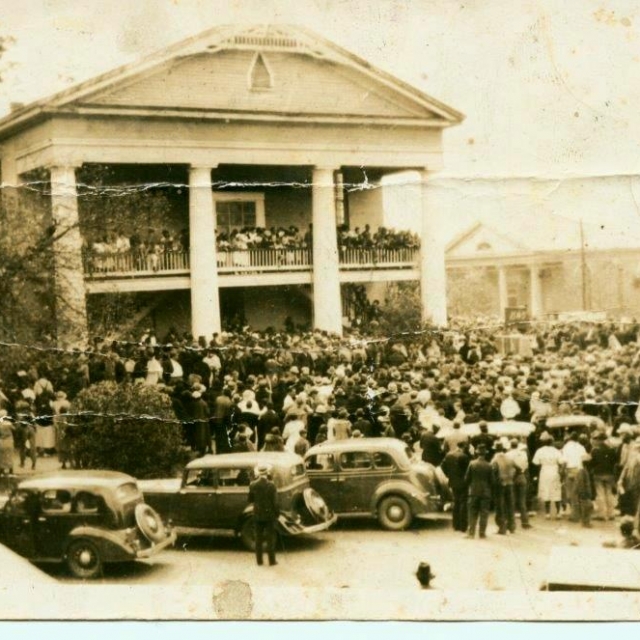
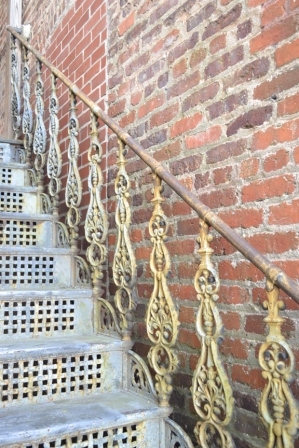
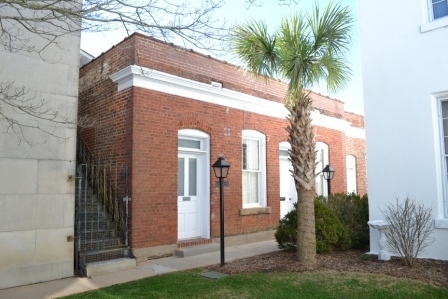
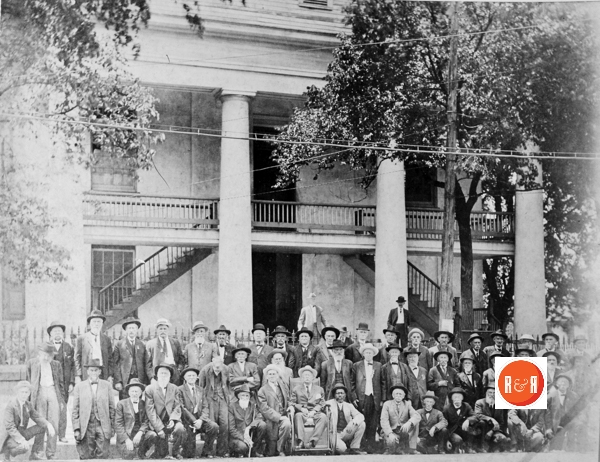
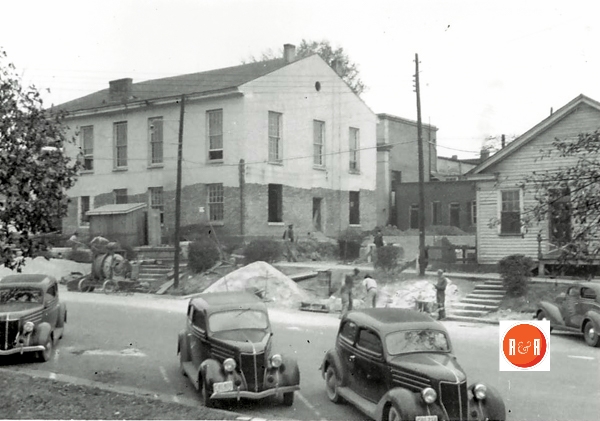
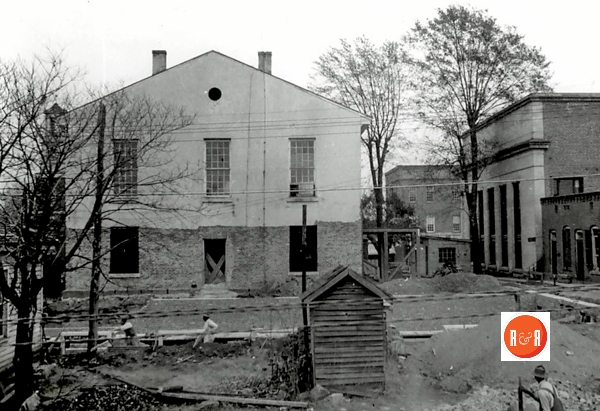
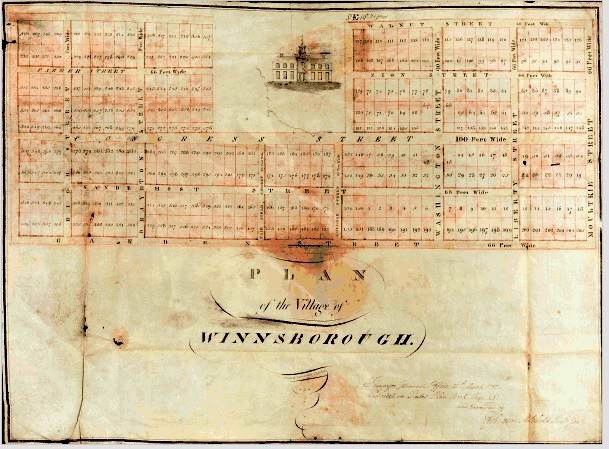
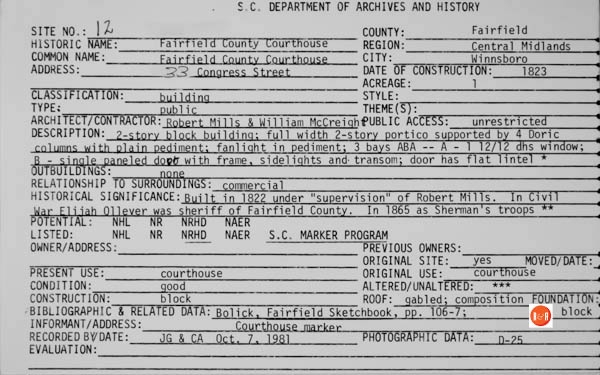
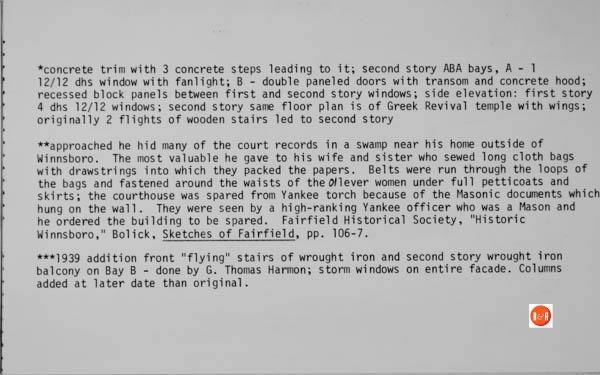
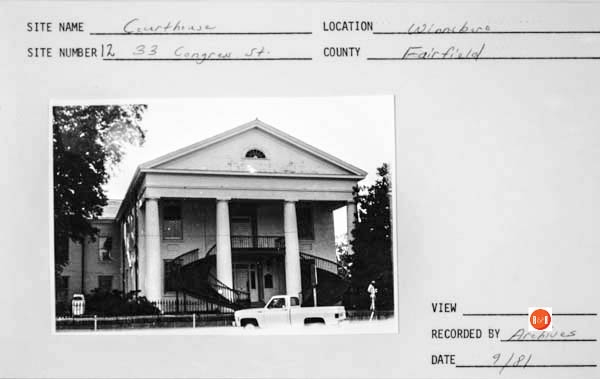
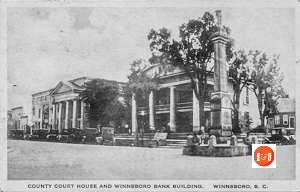
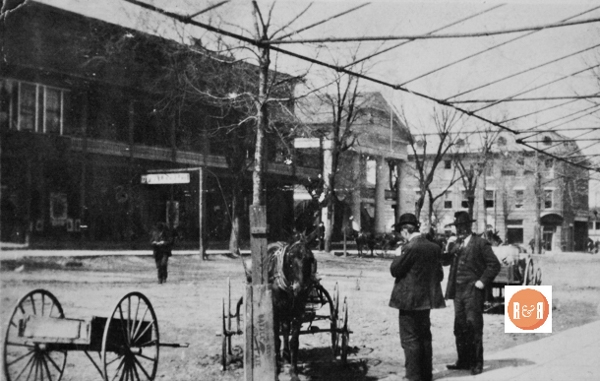
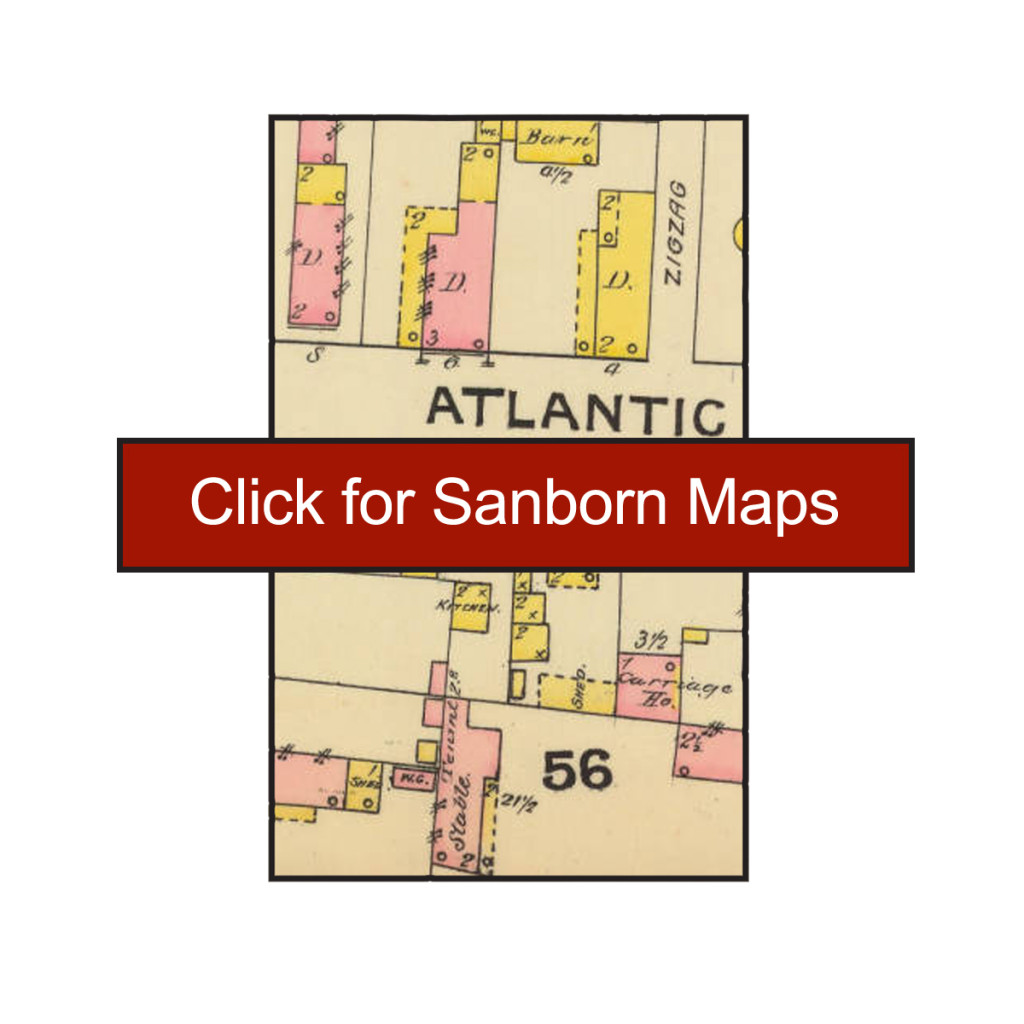
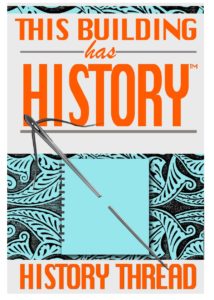


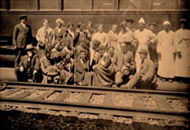
Share Your Comments & Feedback: